09Aug
Avoiding disease during calving
Calving will now be underway on most dairy farms, and there may well be some early lambs around on lower country. This time of year can be extremely busy, and it is easy to lose sight of the importance of attention to detail while rearing young stock.
Calves should be removed from the cows as soon as possible following birth. Pick them up twice daily. The reasons for this are to ensure adequate colostrum intake through stomach tubing, and to avoid umbilical infections, intestinal infections (Johnes Disease) and pneumonia. These problems can all be reduced by early calf pick-up and suitable calf housing. Removing calves early may seem harsh, but in practice it provides the best start in life and optimizes animal health and welfare. This practice also minimizes the chances of the cow getting mastitis after calving.
Once picked up, calves should be separated into males (Bobbies) and females. All calves should have their navels dipped in a strong iodine solution (not iodine teat spray). They should also all receive an amount of fresh undiluted colostrum, equal to 10-20% of their birth weight, by stomach tube, i.e. 30kg calf will require at least 3L, but 6L would be better. This early feeding of colostrum within 12 hours of being born will provide vital antibodies for the calf, both in its blood stream and in its gut.
The quality of colostrum is very important, and colostrum fed to calves within this “golden period” should be the first milking colostrum from cows or heifers that do not have mastitis and should not be diluted with any other milk. If the herd has been vaccinated with anti-rotavirus vaccines the colostrum will be hyper-immune with rotavirus, coronavirus and E. coli antibodies depending on the vaccine used. Using this colostrum will protect calves against infection and reduce the prevalence of the disease in and around the calf sheds. Colostrum feeding can be continued for three weeks to continue to provide protection against infection in the calf’s gut.
Preventing neonatal scours (diarrhoea) is important, because once infected a replacement heifer may well have reduced growth and productivity for her entire lifetime. Her performance before weaning will be reduced, her weaning weight target will be delayed, her post -weaning growth will be reduced and her reproductive performance at 15 months will be reduced. If the outbreak is severe enough the six week in-calf rate of the herd may be reduced because of a poor heifer calving pattern.
Calves should be kept in North-facing covered barns that are twice as deep as wide. This has the effect of preventing the impact of cold draughts and temperature changes in the pens. Draughts are highly significant in the development of scours in calves. The bedding in calf pens should be free draining. Sand is an excellent choice, but fine, soft bark chips are a good choice also. Pen walls should be solid to help prevent the spread of infection between groups. Calves should be stocked at about one per 1.5 square metres and there should be no more than 20 animals per pen.
If calves become sick, they should be removed from the pen and isolated for the remainder of the pre- weaning period because they can remain infectious via faecal shedding of bacteria and viruses.
Calves should be fed whole milk twice daily at the same time each day, and from a week of age calf meal can be slowly introduced. The milk temperature should ideally be warm and must be kept consistent. Over feeding can cause gut upsets.
Feeding utensils that are used for the calves must be washed and disinfected between pens using HOT water and disinfectant, and human traffic between the cow shed and the calf shed should be kept to a minimum. A disinfectant foot bath for use by all visitors to the calf pen is a very good idea.
Sick calves should be examined by a vet to establish a diagnosis and treatment plan. At this visit your vet will be happy to check your calf rearing program and to help identify any areas that may present a risk of disease breakdown.
Related
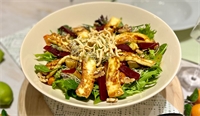
Enjoy this comforting salad on it's own or as a side to your favourite meat dish.
Read More
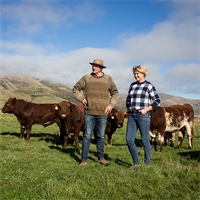
Driven by a passion for Merino wool and homegrown entrepreneurial approach, Simon and Kirsty William...
Read More
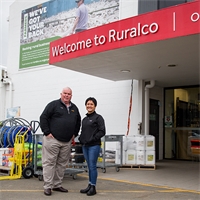
Fantastic camaraderie, lots of deals being done, and great attendance rates were a winning formula f...
Read More

Farming, like professional sport, is a job with plenty of challenges. That’s why it’s important to...
Read More
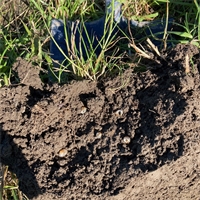
Grass grub larvae may be small, but as many farmers found in autumn 2021, they’re capable of causin...
Read More
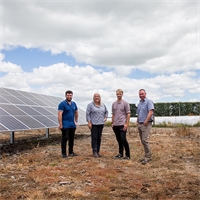
Ruralco has partnered up with Canterbury based solar energy company Platinum Energy to provide farms...
Read More